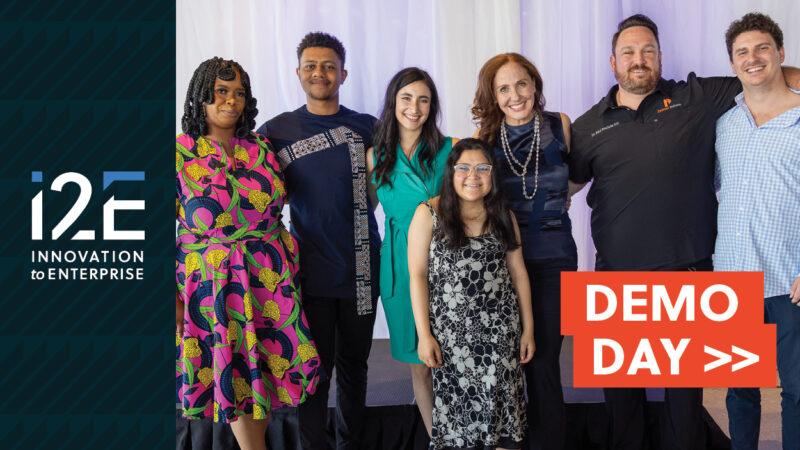Growing up I used to love to listen to Paul Harvey’s The Rest of the Story on the radio. The nuances he would bring to light with just a little deeper look were fascinating. After reading Dale Denwalt’s column in the Oklahoman (October 20) headlined “Insiders Report Flaws in State Startup Ecosystem,” I felt a Paul Harvey moment may be in order.
Oklahoma often gets knocked in national venture capital rankings based primarily on data that is collected by PitchBook or similar venture deal data collectors. These entities are “pay to report,” charging reporters like i2E oftentimes over $12,000 a year just to provide data. That is money we do not have to spend.
As a result, PitchBook, PwC MoneyTree, the Walton Foundation, and others were unaware that last year alone i2E invested $8,696,500 in 10 Oklahoma companies, participating in venture rounds where these companies raised a total of $11,290,792. This year i2E is on pace to more than double those numbers. When the “real” numbers are considered, Oklahoma is near the top of the pack in Midwest states (excluding Illinois) in venture funding.
The breakdown of these investments by industry is also instructive. Software, the fastest growing sector of our investment portfolio, now accounts for 47 percent of all of our equity investments. Biosciences account for 23 percent, manufacturing 9 percent, and health and energy each are 7 percent. Clearly, considerable venture capital investment in software companies is occurring in Oklahoma.
Investing in software startups is very high risk. An investor has to assess the size of the addressable market, the technical merit of the software, the existing and likely future competition, and especially how easily a larger, more established competitor can replicate the technology or leapfrog it with new technology. Remember bag phones with loaf-sized batteries or “mobile” phones that had to be mounted in cars?
We and the other tech investors in Oklahoma get it right a whole lot more than we get it wrong. Good deals get funded, bad deals don’t. But sometimes we have been wrong about a given deal. Just ask Piyush Patel. We missed out on his exit with Digital-Tutors. Our “pass” on Digital-Tutors led to a wholesale revamping of our market analysis and eventually led to the creation of the Venture Assessment Program (VAP). I don’t think Piyush will ever forgive us for being wrong, but that experience made us better in assessing the next high-growth software deals.
And, just because a deal is not a good deal for an investor does not mean it is not good for the entrepreneur or, for that matter, for Oklahoma.
Venture capital investors must have portfolio exits to recycle their capital. An exit requires the company to build sales to as much as tens of millions of dollars. An entrepreneur who may not be in the type of high-growth business that produces a $40 million exit or more, can still make a good living on sales that are a fraction of those lofty numbers.
That’s where we often see the disconnect. That’s the rest of the story.
Scott Meacham is president and CEO of i2E Inc., a nonprofit corporation that mentors many of the state’s technology-based startup companies. i2E receives state appropriations from the Oklahoma Center for the Advancement of Science and Technology. Contact Meacham at [email protected]








